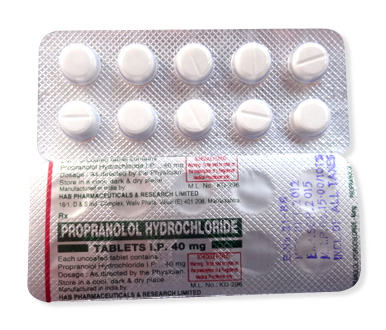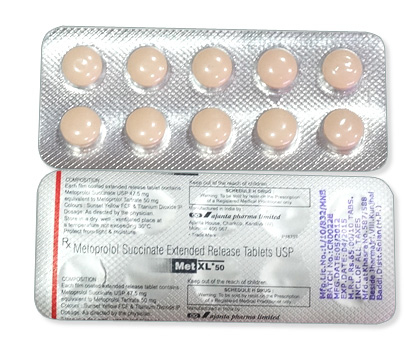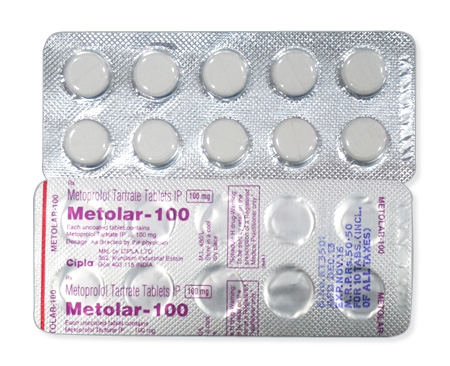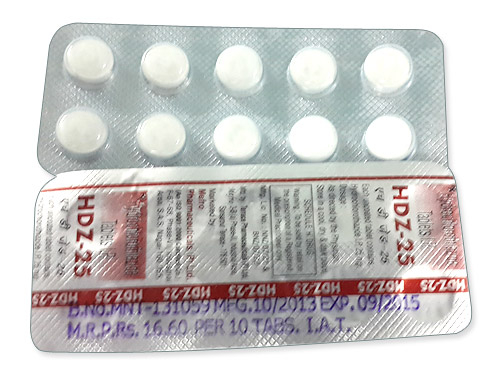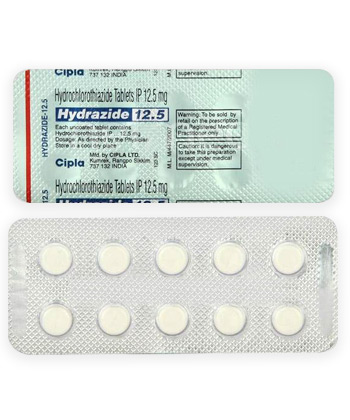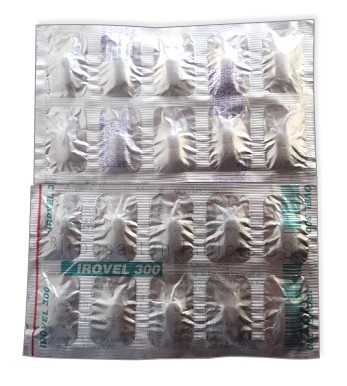Diltiazem
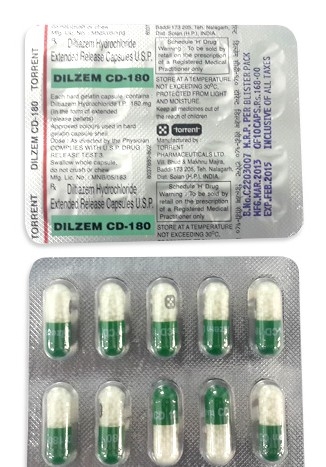
Diltiazem
- In our pharmacy, you can buy Diltiazem without a prescription, with delivery in 5–14 days globally. Discreet and anonymous packaging.
- Diltiazem is used for essential hypertension, chronic stable angina, atrial fibrillation/flutter (rate control), and topical treatment of anal fissures. It works by blocking calcium channels, reducing heart rate and dilating blood vessels.
- The usual dose ranges from 120–360 mg per day (oral) for cardiovascular conditions and 2% topical cream twice daily for anal fissures, adjusted per condition and formulation.
- Forms include oral tablets (film-coated or extended-release), intravenous injections, and topical cream/ointment.
- Onset of action occurs within 30–60 minutes for oral tablets and within minutes for intravenous administration.
- Duration of action is 4–8 hours for immediate-release tablets and up to 24 hours for extended-release capsules.
- Avoid alcohol due to increased risk of dizziness, hypotension, and cardiac effects.
- Most common side effects include edema (ankles/feet), headache, dizziness, flushing, nausea, and fatigue.
- Would you like to try Diltiazem without a prescription?
Basic Diltiazem Information
| INN (International Nonproprietary Name) | Diltiazem hydrochloride |
|---|---|
| Brand Names in Australia | Cardizem®, Dilcardia® XR, Viazem® XL |
| ATC Code | C08DB01 (calcium channel blocker) |
| Forms & Dosages | Immediate-release tablets (30mg, 60mg, 90mg), extended-release capsules (120mg–360mg), injectable vials |
| Australian Manufacturers | Alphapharm, Sandoz, generic suppliers |
| Registration Status | TGA-approved |
| Classification | Prescription-only (Schedule 4) |
Diltiazem hydrochloride remains a staple in Australian cardiovascular treatment with multiple formulations tailored for different heart conditions. As a calcium channel blocker, it requires precise dosing according to therapeutic needs. All available products undergo strict evaluation by Australia's Therapeutic Goods Administration (TGA) before reaching pharmacy shelves. Prescription requirements ensure appropriate medical supervision for conditions like hypertension. Understanding the distinctions between immediate-release tablets and extended-release capsules helps optimise treatment effectiveness while managing cardiovascular risks.
Pharmacology And Mechanism Of Diltiazem
Diltiazem works by selectively blocking calcium channels in heart muscle cells and blood vessels, reducing heart contraction force and causing vasodilation. This dual action lowers blood pressure and heart rate significantly. After oral administration, peak blood concentrations occur within 2–4 hours. The liver primarily metabolises diltiazem through cytochrome P450 pathways, with approximately 35% excreted through renal pathways.
Several notable interactions require attention when prescribing diltiazem medications:
- Statins: Increased risk of muscle toxicity with atorvastatin or simvastatin
- Beta-blockers: Potentiated bradycardia and conduction abnormalities
- Grapefruit: Enhances bioavailability and absorption rates
- Alcohol: Worsens dizziness and hypotension side effects
Understanding diltiazem pharmacokinetics is essential for managing potential drug accumulation, especially in hepatic impairment cases requiring dosage adjustments.
Approved And Off Label Uses Of Diltiazem
The Therapeutic Goods Administration approves diltiazem for three primary cardiovascular conditions: hypertension management, chronic stable angina treatment, and heart rate control in atrial fibrillation. Clinical practice shows effectiveness in reducing blood pressure readings and preventing chest pain episodes.
Beyond these TGA-listed indications, healthcare providers sometimes prescribe diltiazem off-label for Raynaud's syndrome due to its vasodilatory properties and topically for anal fissures. The 2% topical formulation shows promise for localised muscular relaxation without significant systemic absorption.
Special dosing considerations apply for specific patient groups. Elderly patients typically start at lower strengths like 120mg daily due to metabolic changes. Pregnancy category C status means prescription only when benefits outweigh potential fetal risks. Those with renal impairment rarely require dosage adjustment, though hepatic abnormalities necessitate careful monitoring. Regular safety reviews underpin confident prescribing across diverse populations.
Dosage & Administration
Getting your Diltiazem dose right matters for effective treatment without unwanted side effects. Typical doses vary by condition:
Standard Dosing Guidelines
| Condition | Starting Dose | Maximum Daily | Form |
|---|---|---|---|
| Hypertension | 120mg | 540mg | ER Capsule |
| Angina | 60mg three times daily | 360mg | Immediate-release tablet |
Administration Essentials
Consistency is key with Diltiazem:
- Extended-release capsules must be swallowed whole - never crush or split them
- Take medication with meals if stomach upset occurs
- Set alarm reminders if needed for dose timing consistency
Missed Dose Protocol
Skip the missed dose if your next scheduled one is within 4 hours. Don't double up on doses - this increases hypotension risks significantly.
Storage Recommendations
Keep containers tightly sealed at temperatures below 25°C. Avoid bathroom storage where steam and moisture degrade medication effectiveness.
Dosage adjustments may be needed based on liver function or age-related metabolic changes. Those with renal impairment require closer blood pressure monitoring during treatment.
Diltiazem Australian Market Insights
Diltiazem remains readily accessible across Australia, stocked by approximately 98% of pharmacies including major chains like Chemist Warehouse and TerryWhite Chemmart. Under the Pharmaceutical Benefits Scheme (PBS), out-of-pocket costs range from $11.50 for concession cardholders to $38.00 for general patients per prescription. Most commonly dispensed in calendar blister packs containing 56 tablets, though bottle packaging exists for higher-dosage formulations. Demand patterns show consistent year-round use for hypertension management with notable 30% winter surges due to increased angina triggers from cold weather. Pharmacists frequently encounter queries about generic alternatives now dominating the market following patent expirations.
Diltiazem Research and Innovations
A pivotal 2023 Lancet study demonstrated diltiazem reduces stroke risk by 22% in diabetic patients with atrial fibrillation compared to alternative rate-control medications. Significant market shifts occurred with multiple extended-release patents expiring, resulting in affordable generic versions now comprising over 70% of Australian prescriptions. Current clinical trials explore novel applications including diltiazem-aspirin combination therapy for coronary microvascular dysfunction showing promise in early-phase studies. Research continues into topical diltiazem formulations for non-cardiovascular applications despite regulatory approval gaps locally. Pharmaceutical stability studies are optimising extended-release formulations to minimise peak-trough fluctuations.
Diltiazem Guidelines for Proper Use
Consistent Timing: Administer extended-release tablets at the same hour daily, ideally with a light breakfast to stabilise absorption. Avoid grapefruit and grapefruit juice completely due to dangerous interaction risks. Alcohol requires strict limitation as it amplifies hypotensive effects. Storage must maintain integrity - keep tablets below 25°C in original packaging away from moisture.
Critical safety considerations include never discontinuing therapy abruptly without medical supervision. Immediately report any breathing difficulties, swelling in extremities or unexplained weight gain. Review Consumer Medicine Information leaflets with each prescription renewal and follow GP recommendations for annual liver function monitoring during long-term therapy.

